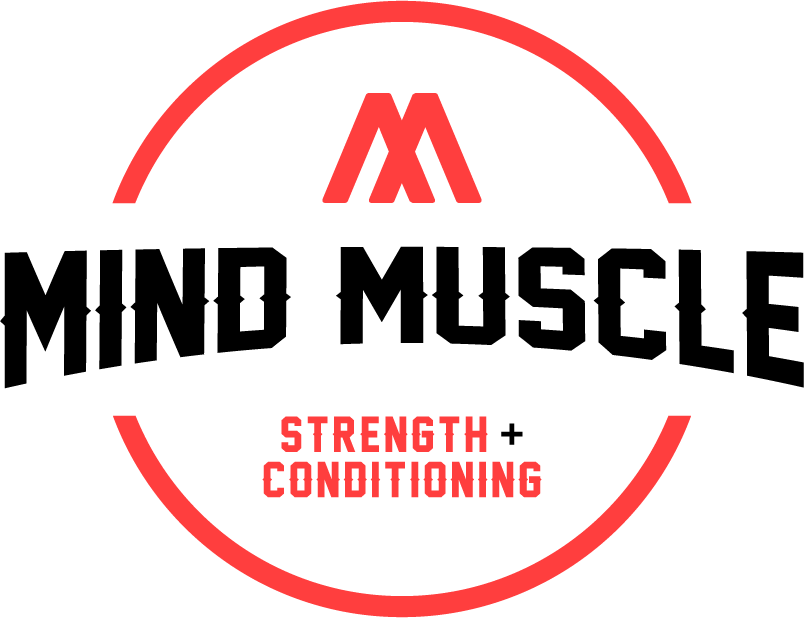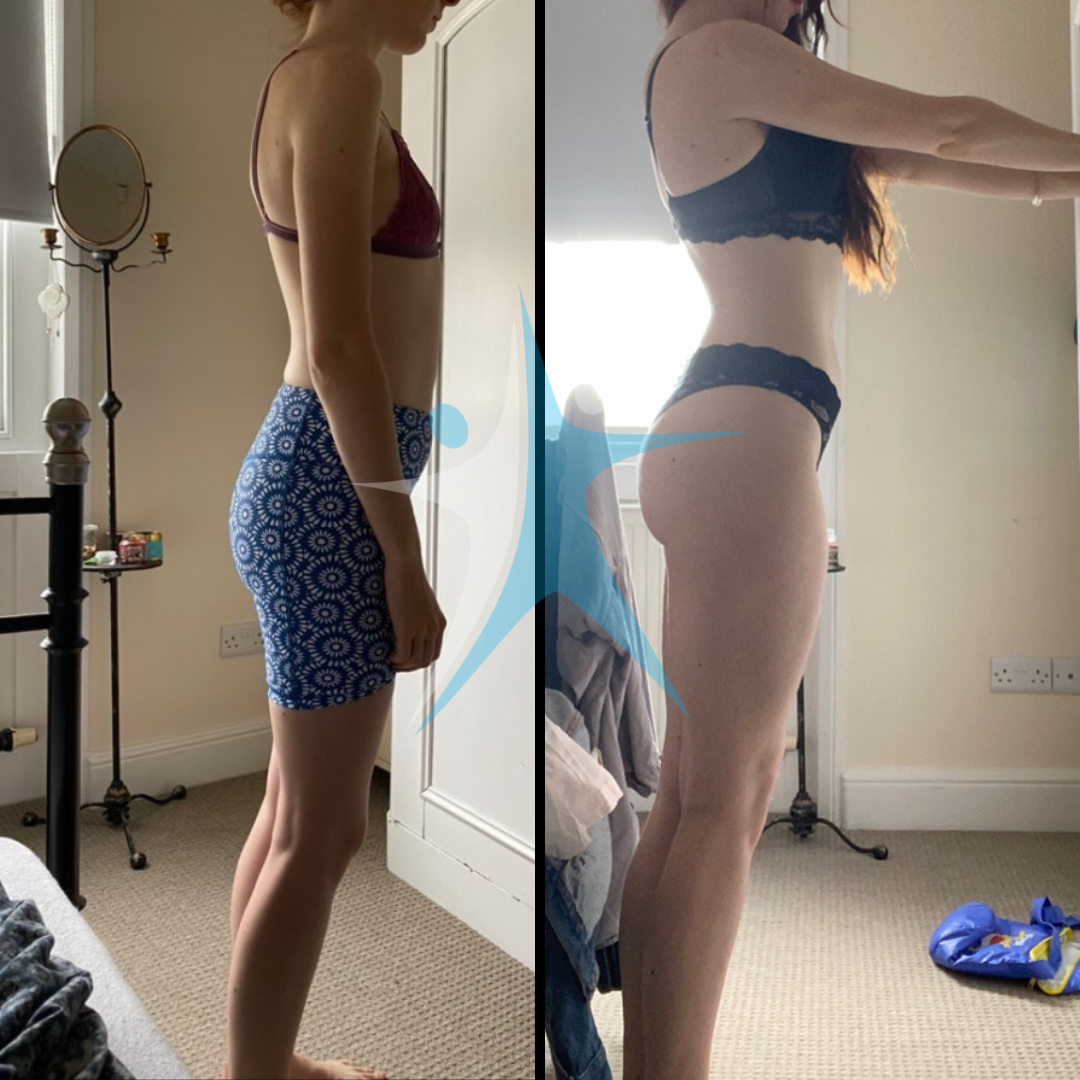Progressive Overload - What You Need To Know To Grow.
Progressive overload is perhaps the most important fundamental concept in strength training and building muscle.
I get asked about this a lot when it comes to glute training “why are my glutes not growing” and often lack of overload is the answer.
You may be wondering what the hell progressive overload is.
What is progressive overload?
In simple terms it means you are doing more work over time, increasing the demands on your muscles leading to increased gains in strength, power, muscle size, muscle endurance and cardio vascular fitness improvements.
In gym terms it means you are adding weight to the bar, doing more sets/reps or having better/more intense workouts over time.
Without overload, you are unlikely to see much progress in the gym. Our bodies will only change and adapt if it is constantly challenged and forced to adapt.
Simply put….nothing changes if nothing changes, you want to change the shape of your glutes then you need to change your training up.
If you do the same thing in the gym week after week and never increase your weights or do more work then you can kiss your results goodbye,
Your body won’t adapt unless you put some extra strain on it.
And it won’t progress if you aren’t feeding it either. Check out my calorie calculator to see how much you need to grow.
However, it’s not always as easy as just “adding weight to the bar” as there are several variables to consider along with your training experience, needs and goals that make progressive overload a tricky concept to prescribe to everyone simply.
But I’m going to try to simplify it for you and give you my best ways to progressively overload your training to maximise strength and muscle growth.
First Things First - Perfect Form
Frankly I don’t give a shit how much you can lift if your form is bad.
Before you start adding weight to anything you need to make sure you have mastered the movement first.
Bad form will not lead to great progress, in fact all you’ll do is improve on muscle imbalances and bad habits.
Look at it this way, if you can’t squat with good depth and you keep adding weight to the bar all you will do is get better at squatting badly or as another example you can’t do 10 full push ups with bodyweight so why are you even attempting a barbell bench press?
On that note, if you can’t squat with good depth then check out this article to fix your squat.
Progressive Overload should never be prioritised over proper form and you won’t be making any progress if you’re injured and constantly broken.
With that, here are the top ways to progressively overload your training.
1. Increase the Resistance / Intensity
This is the easiest and most obvious choice for putting more overload on your muscles. If you are lifting a weight with ease for all the sets and reps then it’s time to add more weight to the bar.
More weight over time = more strength = more muscle.
So add more weights, more plates, use heavier bands and/or use more of your body weight.
A great way to increase training intensity with more weight is to use a percentage of your one rep max.
For example, if you squat 100kg for ONE rep you can use a training intensity of 70% (70kg) one week for 3x8 reps, then 72% the next week, 75% the next after and so on. This is an easy method of increasing strength over time.
2. Reps, Reps, Reps
You don’t necessarily need to add to weight, a common method I use with many of my clients is simply doing more reps on an exercise each week and keeping the weight the same. That way you lift more weight than you did the last time but don’t have to go heavier all the time.
Workouts typically provide a rep range, you don’t have to stick to this religiously, if you can do more then keep going until your form begins to break down, then stop before it does.
If you exceed your rep target by a lot of reps then it’s time to up the weight again to keep those muscle and strength gains coming.
3. Increase Your Sets / Volume
A simple way to do more work is by adding more sets of an exercise to your workout.
For example 3x3 squats at 100kg is 900kg total, but 4x3 is 1200kg total. You’ll lift more weight overall and create more progressive overload with ease.
Although, if you’re increasing sets, in most cases reps may decrease or stay the same & intensities will change, sometimes dropping for hypertrophy goals (muscle growth) or increasing for strength goals.
4. Rest / Density
Rest is usually underrated and too many people ignore their rest periods in the gym, either going too long (scrolling instagram) or too short to recover properly.
Shorter rest between sets allows you to do the same amount of work in less time or more work in less time if you are increasing weight/sets/reps as well.
Rest is related to intensity too and adequate rest should be taken when working at high intensities so the muscles and nervous system recover fully between sets.
5. Increase the training frequency
You can easily increase overload by simply training more frequently for example 4 days a week instead of 3 days a week means more overload, or for athletes 2x a day rather than 1x.
But with more frequency comes the need for more rest, certainly better quality rest to recover from doing more work.
Increased frequency is a great way to train weak areas or body parts you want to focus on like glutes. Training your glutes 3 times a week will lead to better results than 1-2x a week.
6. Tempo and Time Under Tension
Tempo can is a great tool to spice things up. A favourite of mine and my clients is to add pauses/squeezes to hip thrusts and glute bridges, therefore increasing the time under tension and making the muscles work harder without necessarily doing more weight, sets or reps.
You can change lot of variables in your lifts by varying the tempo:
Slow or fast Eccentrics (lowering phase)
Slow or fast Concentrics (the lift)
Pause reps (bottom of a squat)
Holds/Squeezes /Isometrics (top of a hip thrust)
The Final Word
Progressive overload matters, it matters probably more than anything else in your training. If you don’t overload consistently then your results will suffer.
Don’t do too much at once, play with one or two variables at a time bit not everything otherwise it gets messy, complicated and you won’t know which variables work and which didn’t.
Progression in the gym will never occur in a linear fashion, we are not machines, we are humans.
It can be a long and winding road, sometimes you’ll sprint forward, sometimes you’ll stall out and sometimes you may even go backwards for a bit, but generally overtime it should all move forward and you’ll be smashing PR’s all over the place.
And finally there are other important elements that need to be in place too including your nutrition, rest and recovery and mental health.
Thanks for reading, now go and grow,
Aaron
If you are looking to make that change, work with a strength and conditioning coach who understands and respects individuality then you should
apply for M3 - Mind Muscle Method - Coaching Program
A few of my clients who joined my M3 - Mind Muscle Method - Coaching Program
Hi, I’m Aaron Schiavone, owner of Mind Muscle Personal Training. Over the past 5+ years I have helped women increase their self confidence, improve their relationship with food, improve their health, become stronger, fitter and happier.






